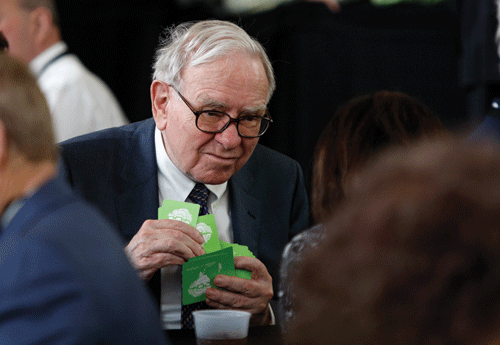Rehan Syed
Rehan Syed serves as the Head of Portfolio Management for ABN AMRO Private Bank Dubai, catering to high-net-worth families and small institutions across the Middle East, North Africa, and the greater Indian subcontinent (MENAI). Since joining in 2006, he has successfully initiated a disciplined portfolio management program tailored for the MENAI region, creating a client-centric revenue model well-suited to current market conditions. With the support of two junior staff in Dubai and regional headquarters in Singapore, [Name] oversees a rapidly growing base of multimanager absolute return portfolios aligned with the bank's research and tactical asset allocation models. Rehan holds an undergraduate degree in Mathematics and Computer Science from Ohio Wesleyan University and an MBA from UC Berkeley.

